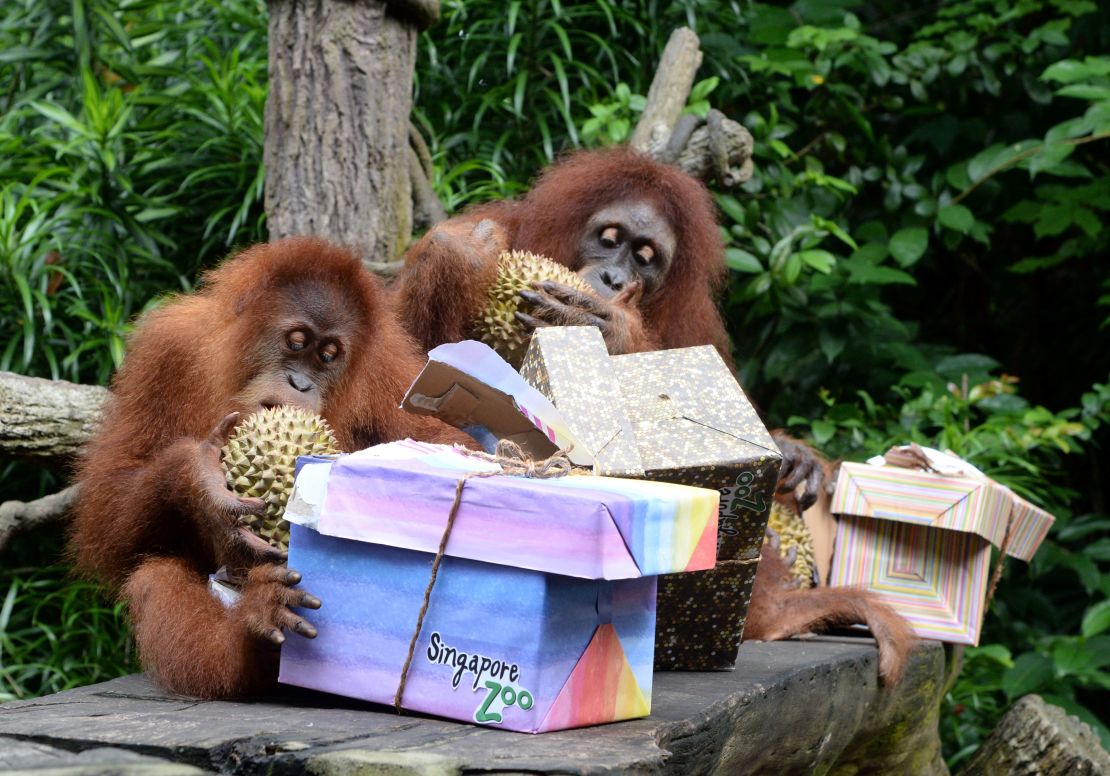Story highlights
Scientists mapped the durian's approximately 46,000 genes
The fruit is historically related to cacao, which also gave us chocolate
Banned on the city’s subway and in many hotels because of its stinky odor, Singaporean scientists may have found a potential lifeline for public durian eaters.
A team of cancer researchers in the city state have mapped the genome of the durian – also known as the “king of fruits” – and isolated the causes of its room-clearing stench.
“Being a geneticist, I was naturally curious about the Durian genome – what gene causes its pungent smell? How did its spiny husk arise?” Teh Bin Tean, deputy director of the National Cancer Center Singapore, said in a statement.
Teh and his team mapped the approximately 46,000 genes – almost double the amount in humans – of the Musang King durian variety and traced its evolution back 65 million years to the cacao family of plants, which also gave us chocolate.
By comparing gene activity in different parts of the plant, they also identified a series of genes, methionine gamma lyases (MGLs) which control the production of volatile sulfur compounds (VSCs), which give the durian its signature scent.
Most importantly, for durian detractors, the findings offer the potential of an odorless, subway-friendly variety of the fruit in future.

“Our analysis revealed that VSC production is turbocharged in durian fruits, which fits with many people’s opinions that durian smell has a ‘sulphury’ aspect,” Patrick Tan, a professor at Duke-NUS Medical School, said in a statement.
While the smell repels some human eaters, the team speculates it may have evolved in wild durians to attract animals to eat the fruit and disperse its seeds.
Teh said the team’s work could be applied to other durian varieties, some of which “are endangered due to the increasing loss of biodiversity.”
“DNA sequencing is thus an important tool to protect the precious information contained in these fascinating and important plants,” he said.

